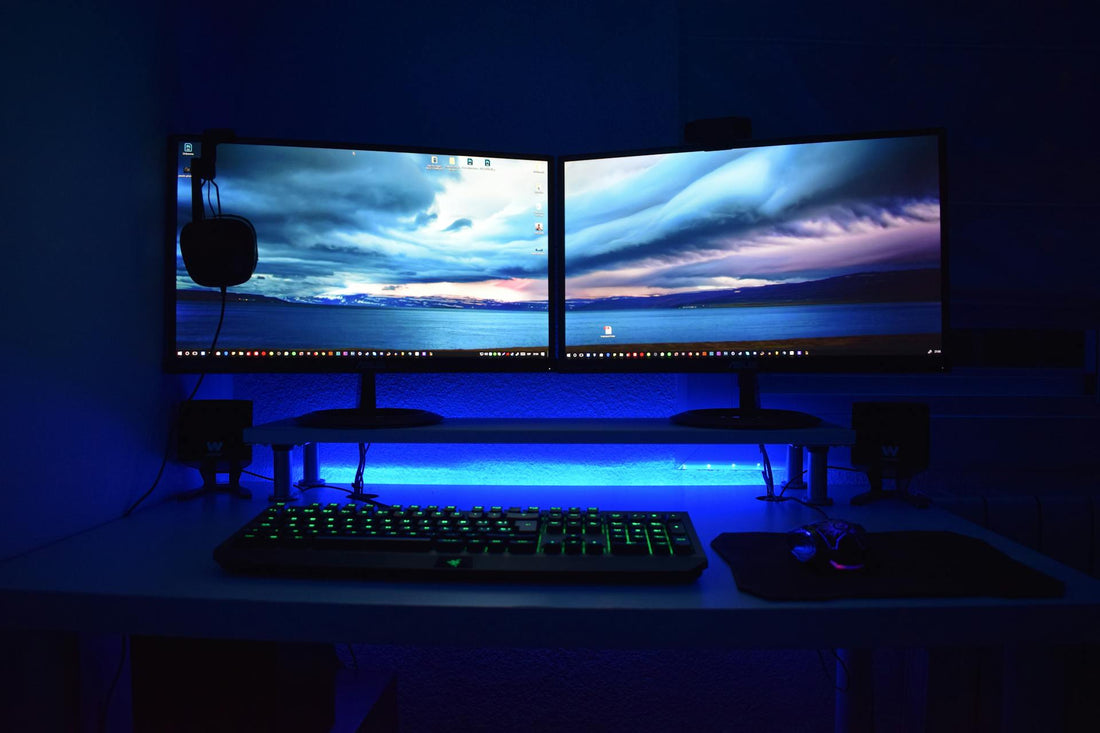
How to Choose the Best Gaming Monitor
Share
When it comes to enhancing your gaming experience, choosing the right monitor is crucial. With so many options available on the market, how do you pick the best gaming monitor for your needs? Here are some expert tips to help you make an informed decision and find the perfect gaming monitor to suit your preferences.
Consider the Resolution
Resolution is a key factor to consider when choosing a gaming monitor. The higher the resolution, the clearer and more detailed the images will be. For a good gaming experience, opt for a monitor with at least 1080p resolution. If you have a high-end graphics card, you may want to consider a 4K monitor for ultra-high-definition visuals that deliver an incredible level of detail.
Look at the Refresh Rate
The refresh rate of a monitor is measured in Hertz (Hz) and determines how many frames per second the monitor can display. A higher refresh rate results in smoother gameplay and better responsiveness. For gaming, a monitor with a refresh rate of 144Hz or higher is recommended to reduce motion blur and screen tearing, especially in fast-paced games.
Check the Response Time
Response time is the time it takes for a pixel to change from one color to another. A lower response time is ideal for gaming as it reduces ghosting and blurring during fast scenes. Look for a monitor with a response time of 5ms or lower for optimal performance in competitive gaming.
Assess the Panel Technology
There are different panel technologies used in gaming monitors:
-
Twisted Nematic (TN) panels offer fast response times and are best for competitive gaming where speed is crucial.
-
In-Plane Switching (IPS) panels provide better color accuracy and wide viewing angles, ideal for gamers who enjoy visually rich games.
- Vertical Alignment (VA) panels offer high contrast ratios, making them ideal for single-player games that focus on stunning visuals.
Choose a panel technology based on your priorities for gaming—whether it's speed, color accuracy, or contrast.
Evaluate the Size and Aspect Ratio
The size and aspect ratio of a gaming monitor can impact your gaming experience. Larger monitors provide a more immersive experience, but they may take up more space. For most gamers, a monitor size between 24 to 27 inches is ideal for a good balance of visibility and desk space.
The aspect ratio also affects the field of view. The standard for gaming monitors is 16:9, but 21:9 ultrawide monitors provide a more expansive field of view, making them ideal for racing or flight simulation games.
Conclusion
By considering these key factors—resolution, refresh rate, response time, panel technology, size, and aspect ratio—you can choose the best gaming monitor to suit your gaming preferences and budget. Whether you’re upgrading your current setup or building a new one, the right monitor can significantly enhance your gameplay and visual experience. Happy gaming!